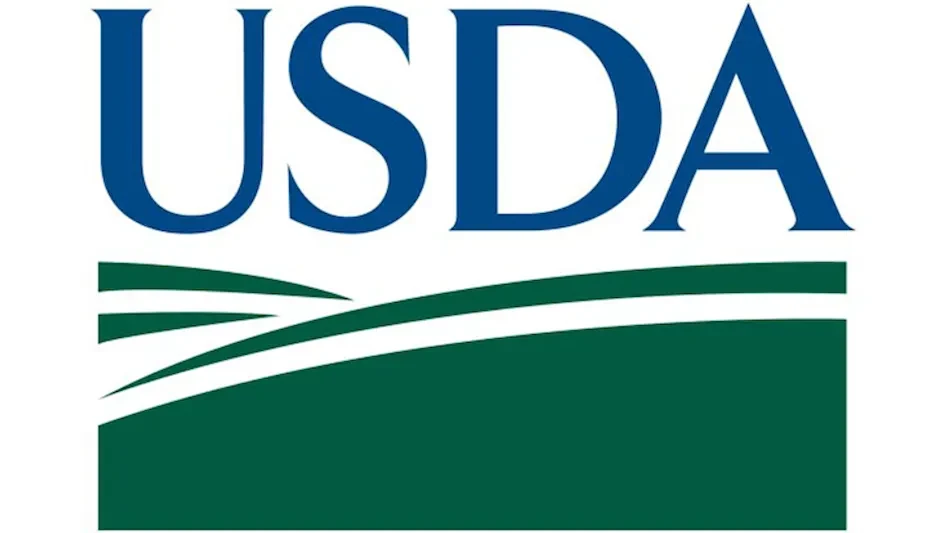 Cereal Snapshot Shows Industry Self-Policing to Reduce Sugar
Cereal Snapshot Shows Industry Self-Policing to Reduce Sugar
Cereals advertised to children contain more whole grains and key nutrients, and less sugar, calories, and sodium than before, according to the Children’s Food and Beverage Advertising Initiative (CFBAI), an industry advertising self-regulation program administered by the Council of Better Business Bureaus.
Over 70% of the cereals of CFBAI participants now have no more than 10 grams of sugar, and 33% have nine grams or less. This is a significant improvement over prior levels. The CFBAI’s 16 participants are Burger King, Campbell Soup Company, The Coca-Cola Company, ConAgra Foods, The Dannon Company, General Mills, The Hershey Company, Hillshire Brands (formerly Sara Lee), Kellogg Company, Kraft Foods Global, Mars, McDonald’s USA, Nestlé USA, PepsiCo, Post Foods and Unilever United States.
The majority (71%) of cereals advertised to children have at least eight grams of whole grains, a half serving. A third contain at least 12 grams, and more than a third have more whole grains than any other ingredient. All the participants’ cereals are a “good” source (10-19% of the government-established Daily Value) of nutrients that the government’s 2010 Dietary Guidelines for Americans identified as “nutrients of concern” because of inadequate intake (calcium, fiber, potassium and vitamin D). More than half provide a good source of two of these nutrients. These cereals also are rich in other nutrients, such as iron. The “2012 Cereals Snapshot” is available at http://www.bbb.org/us/Storage/113/Documents/CFBAI-Cereals-Fact-Sheet.pdf.
|
A Comprehensive Array of Allergy Research New research was presented at the 2012 American College of Allergy, Asthma and Immunology ACAAI Annual Scientific Meeting in November. Among the findings were:
The articles are available at www.newswise.com. Search ACAAI or the study title. |
Food Manufacturers Improve in Customer Satisfaction Rankings
Although customer satisfaction at the national level remains in a holding pattern for the third quarter of 2012, the food manufacturing industry is experiencing a wave of customer satisfaction improvement. According to a report by the American Customer Satisfaction Index (ACSI), the national benchmark is stable at 75.9 on a scale of 0 to 100 for the third consecutive quarter. However, the food industry’s customer satisfaction benchmark is up 2.5% from 81 in 2011 to 83 in 2012.
Among 13 companies studied, eight post customer satisfaction gains compared with a year ago. Heinz holds the category lead at 89, and ranks second among all companies covered by the ACSI.
Following Heinz, four companies earn satisfaction scores of 85 to 86, including Mars and PepsiCo’s Quaker brand at 86 and Hershey and Nestlé at 85. Kellogg posts the biggest gain—up 4% to match the industry average of 83. Likewise, the aggregate of smaller food manufacturers, including store brands, improves 4% to 82. ConAgra (84) and Dole, General Mills and Sara Lee (83) come in around the industry average.
Pet owners also are happier with their pet food products this year, as customer satisfaction with the industry inches up 1.2% to a score of 83. Price stability has contributed here just like in the food category. The remaining pet food makers cluster around the industry average, with three companies deadlocked at 83: Hill’s Pet Nutrition, Nestlé Purina PetCare, and Iams.
Fish Oil Shown to be Acceptable in Nutrition Bars
A new study by the Institute of Food Technologists (IFT) has found that partially replacing canola oil with fish oil in nutrition bars can provide the health benefits of omega-3 fatty acids without affecting the taste. Omega-3 fatty acids from fish oil are known to lower triglyceride levels and may help with rheumatoid arthritis.
Producers have been hesitant to incorporate fish oil into foods because it tends to give off a fishy taste or smell, requiring additional processing steps to eliminate this. In the study, four levels of fish oil were evaluated to determine consumer acceptance of fish-oil fortified nutrition bars. The results showed that oat and soy-based nutrition bars fortified with the lowest replacement level (20 percent) of fish oil did not affect consumer acceptance or purchase intent.

Explore the December 2012 Issue
Check out more from this issue and find your next story to read.
Latest from Quality Assurance & Food Safety
- Bird Flu: What FSQA Professionals Need to Know
- Registration Open for 129th AFDO Annual Educational Conference
- Frank Yiannas, Aquatiq Partner to Expand Global Reach of Food Safety Culture
- World Food Safety Day 2025 Theme: Science in Action
- Ancera Launches Poultry Analytics System
- USDA Terminates Two Longstanding Food Safety Advisory Committees
- Catalyst Food Leaders Announces Virtual Leadership Summit for People in Food
- Food Safety Latam Summit 2025 Set for Mexico City





